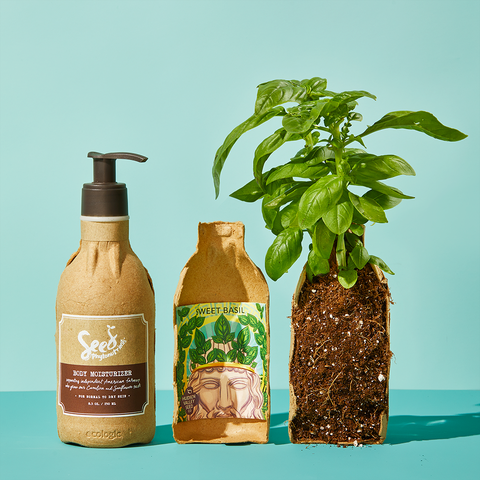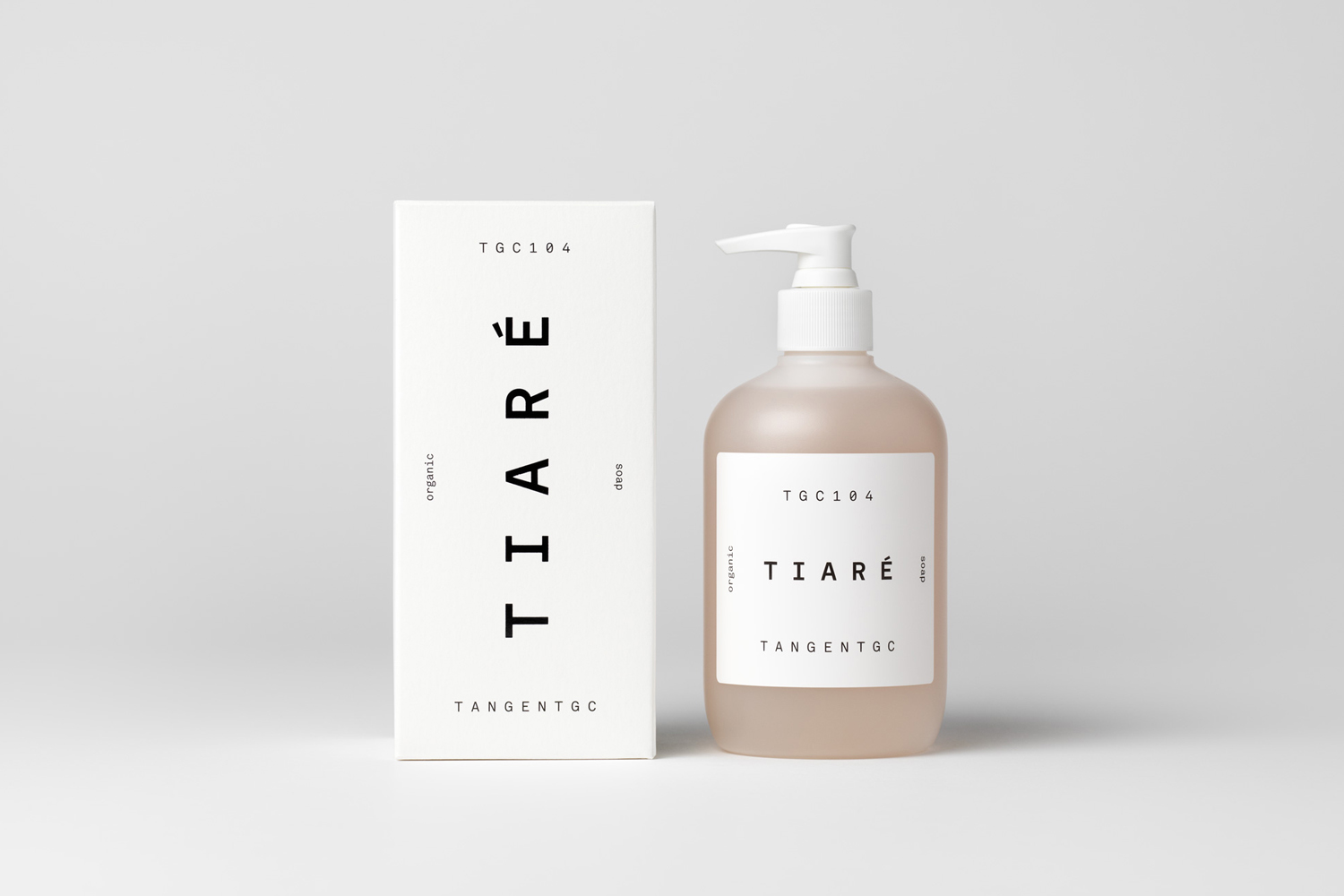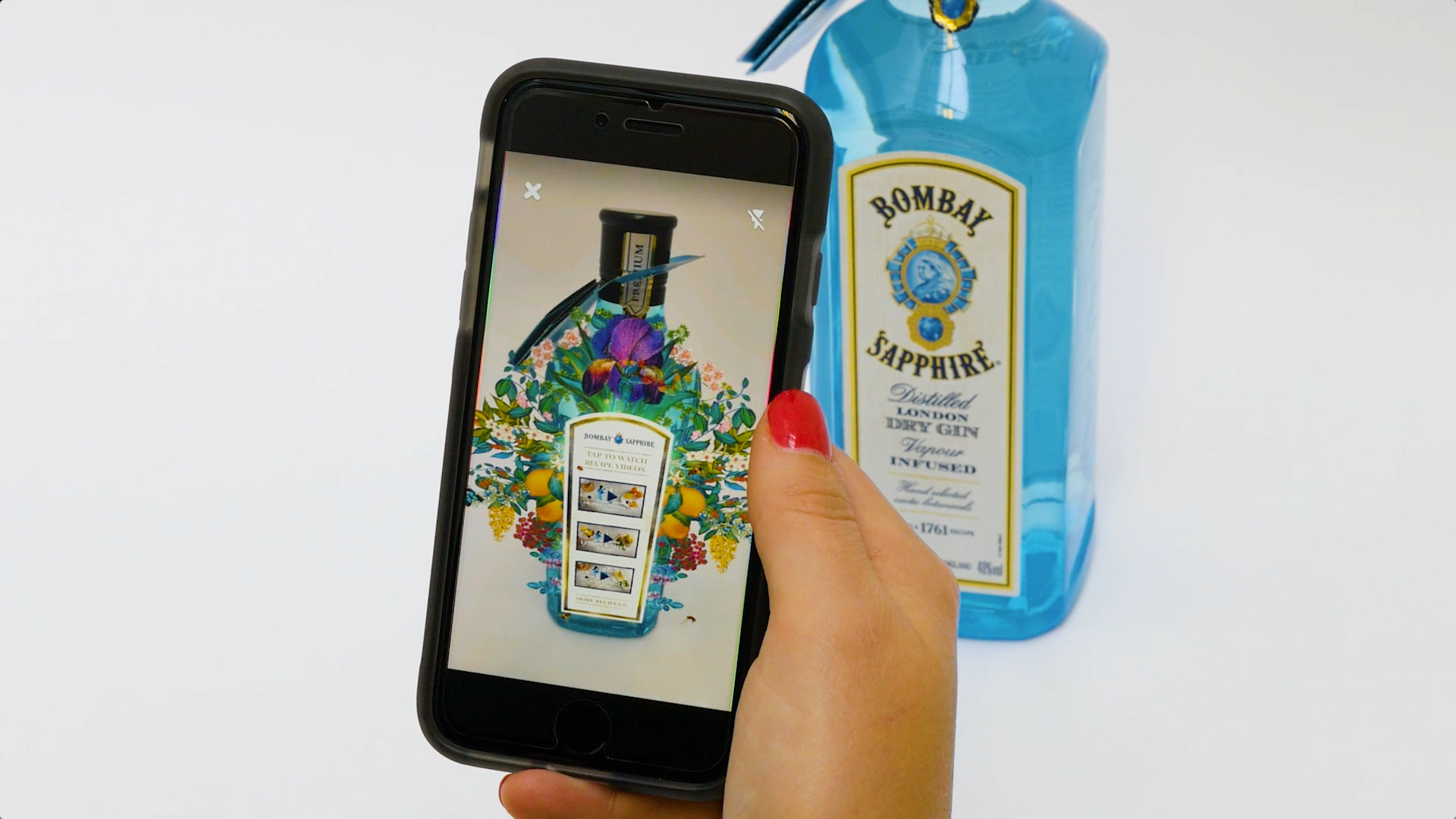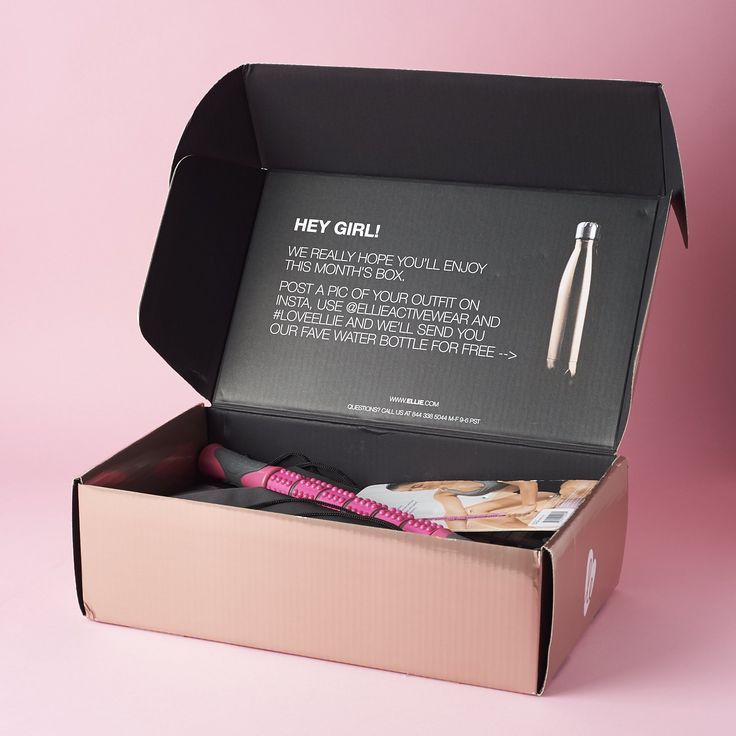Pay Attention to these 2020 Packaging Trends
The world packaging industry’s market value will reach $1 trillion by 2020. Consumer trends and industry trends for packaging drive this gigantic growth rate. To understand this phenomenon and appreciate where it’s heading, we examine the top 6 packaging industry trends for 2020.
-
Sustainable and eco-friendly packaging

Seed Phytonutrients Sustainable Packaging
With the rise of climate change protests and demands from prominent activists, such as Greta Thunberg — it is clear that consumers care about choosing green options.
There is a wealth of new materials being harnessed to package materials.
Popular options include:
- Biodegradable packaging: Packaging composed of materials that can be broken down and returned to the earth.
- Naturally sourced materials: Bioplastics or plastic created with natural materials such as corn starch or polylactide acid (which comes from plant-based sources such as corn starch and sugar cane). These forms of plastic create less carbon dioxide gas than traditional plastics when they decompose. Considering carbon dioxide’s well-documented effect on climate change, using this form of plastic is a smart way to keep your brand eco-friendly. Polylactide acid has several similar attributes to traditional plastic and is already being used by companies as a plastic substitute.
- Packaging composed of plant starch material, recycled plastic, recycled paper, wood, and palm leaves will continue to grow in popularity in 2020. According to an article by Packaging Gateway Coca-Cola will roll out paperboard packaging for its multipacks of coke in Europe. The food and beverage giant is often ahead of its time, and it’s likely the rest of the food and beverage industry will likely follow suit and roll-out paper packaging in 2020.
- Recyclable and reusable packaging: This form of eco-friendly packaging refers to materials that can easily be repurposed after use. The most popular examples of this type of packaging are paper, glass, and metal; however, some brands are also using plastic to create reusable containers that can be refilled. This year Proctor and Gamble’s Olay became the first major skincare brand to offer refillable packaging when it launched the new version of its Olay Regenerist moisturizer.
-
Minimalist packaging: Less is more

Tangent GC TGC104 Tiaré Organic Soap – Minimalist Packaging
Good packaging appeals to people’s primal, visual cues. Understanding human psychology is the key to creating memorable packaging, especially in this Instagram era.
As the world around us becomes increasingly more complex, consumers show a marked preference for minimalist design in packaging. Simplicity trumps clutter time and again.
Minimalism in packaging design is not the absence of design, but rather a precise, highly focused type of design that conveys your brand message in a clean, clear, and concise way.
“More brands will be investing in updating their primary packaging – glass and plastic bottles, caps, and closures – with decorative techniques, such as etching, metallization, hot stamping, screen printing and anodizing, helping to translate brand identity directly onto the product,” said Lifestyle Packaging’s global head of marketing Rich Quelch in an article.
-
Soft neutrals, pastels, and patterns
Soft colors and clean patterns reflect the minimalist aesthetic we touched on above, and this trend will continue to be embraced by consumers. Soft doesn’t mean wallflower though, contrary to popular belief, soft colors and minimalist designs can emphasize your brand’s logo better than busy designs. Think about Apple’s sleek designs, which typically feature neutral colors and the iconic Apple logo. In 2020, basic packaging is beautiful.
-
Smart and Connected packaging

Bombay Smart Packaging
Research shows 90% of American consumers want faster checkouts, and this trend isn’t local, globally consumers expect quicker check out systems. Select retailers have rolled out self-checkout kiosks and express lines, but at the root of the problem is the amount of time it takes to scan an item, so top companies are implementing invisible watermarks to expedite the checkout process.
Smart packaging has a range of benefits:
- These codes cannot be copied easily; they are secure and unique
- Using an invisible watermark code boosts consumer engagement as they encourage consumers to interact with your product using their smartphone.
- These codes make checkout quicker and easier because POS systems can identify the object quickly and numerous ways because the code is all over the product
- These codes cannot be detected by the human eye, giving your packaging a clean look
- These codes can connect your consumers to online coupons and promotions
- Invisible watermark codes perform all of the same identification, pricing and inventory functions of the traditional UPC more accurately
-
Corrugated packaging for e-commerce

Ellie Corrugated E-commerce Packaging
E-commerce in North America grew by 16% in 2018 to over $500 billion and will soon account for 15% of all specialty retail sales.
Corrugated packages are a versatile, sustainable, and cheap option retailer can use for e-commerce packaging. It’s no wonder it’s a top trend for 2020, see below to learn why corrugated packaging excels:
- They’re made from recyclable materials, mostly from trees in sustainably managed forests
- Corrugated packaging is lightweight, thereby reducing shipping costs
- Corrugated box fibers can be reused to make new boxes and other paper products
- Corrugated has multiple printable and customizable panels
-
Flexible packaging
Technological innovation, sustainability concerns and attractive economics are among the reasons for the phenomenal growth of flexible packaging in the last two decades in North America
There are many advantages to using flexible packaging materials, particularly in the eCommerce era. Technological advances and sustainability concerns have fueled the demand for flexible packaging materials like polybags, which are composed of eco-friendly materials. Polybags are a better choice than traditional boxes because they weigh less, cost less, and create less waste.
